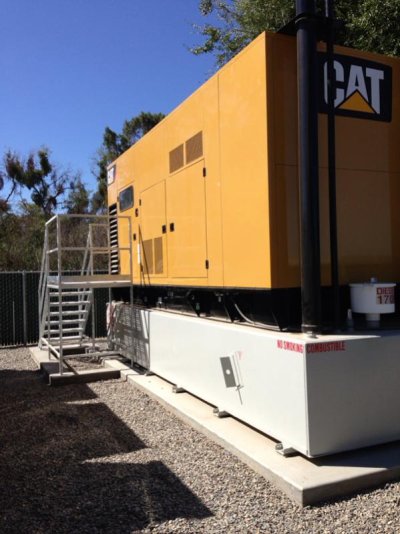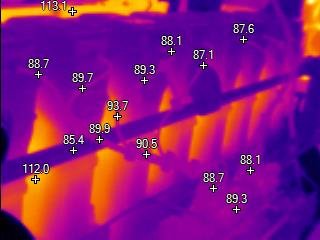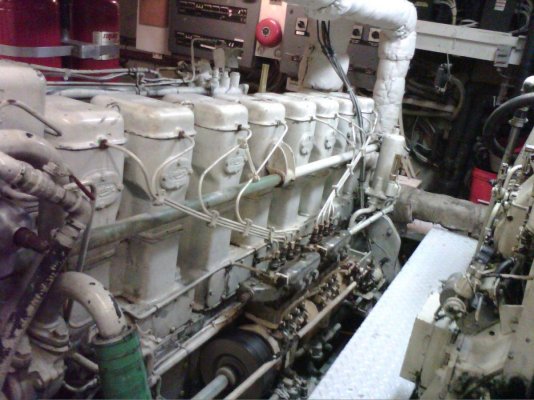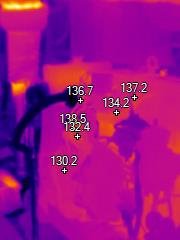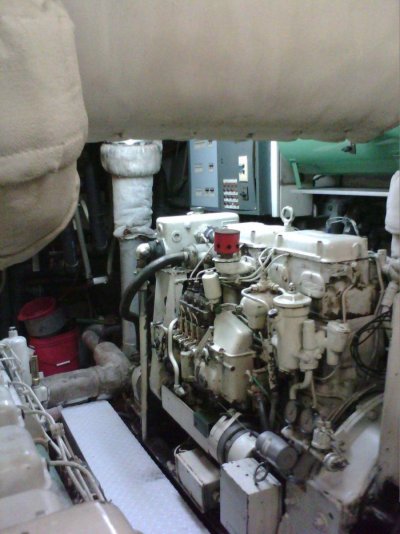psneeld
Guru
Rick and a few others alluded to it...if you start your engines once a week or so...get them up beyond a cold idle and you are probably OK...you are probably OK to NOT run your engines for months if the oil was changed and you block off the exhaust and intake openings to reduce the moisture in the engine while it sits.
Either extreme is probably bad...a start and oil pressure with no temp increase and shutting them down on a regular basis or letting them sit for years without a prescribed "long term storage" procedure. Short of those and reasonable knowledge covered here and the chances your engine will die of something else is probably true.
Either extreme is probably bad...a start and oil pressure with no temp increase and shutting them down on a regular basis or letting them sit for years without a prescribed "long term storage" procedure. Short of those and reasonable knowledge covered here and the chances your engine will die of something else is probably true.

